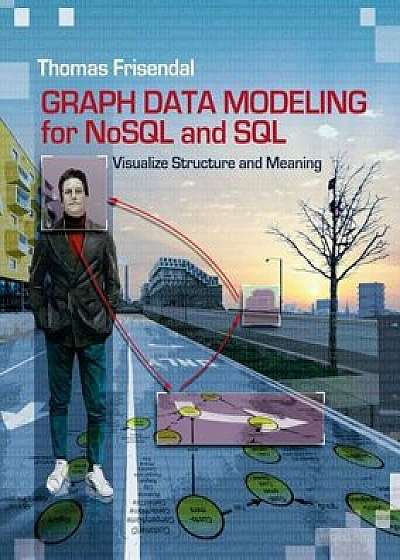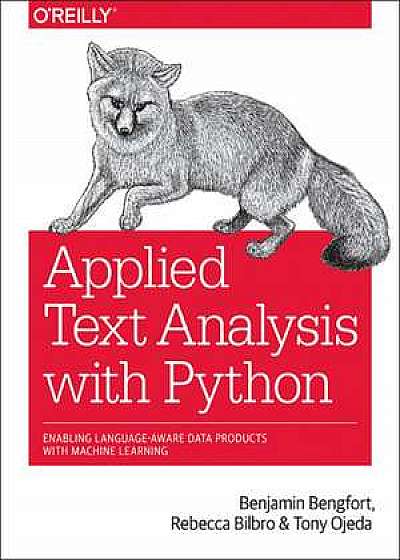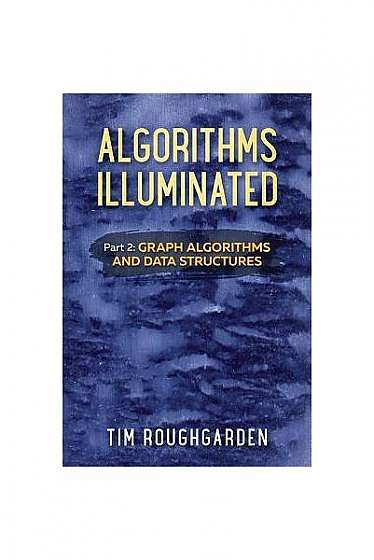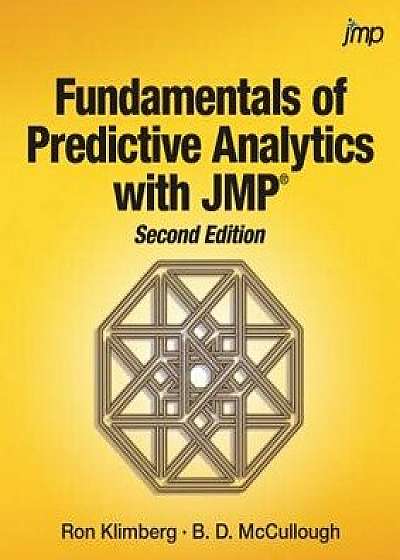
Graph Data Modeling for NoSQL and SQL: Visualize Structure and Meaning, Paperback/Thomas Frisendal
Descriere
Master a graph data modeling technique superior to traditional data modeling for both relational and No SQL databases (graph, document, key-value, and column), leveraging cognitive psychology to improve big data designs. From Karen Lopez's Foreword: In this book, Thomas Frisendal raises important questions about the continued usefulness of traditional data modeling notations and approaches: Are Entity Relationship Diagrams (ERDs) relevant to analytical data requirements?Are ERDs relevant in the new world of Big Data?Are ERDs still the best way to work with business users to understand their needs?Are Logical and Physical Data Models too closely coupled?Are we correct in using the same notations for communicating with business users and developers?Should we refine our existing notations and tools to meet these new needs, or should we start again from a blank page?What new notations and approaches will we need?How will we use those to build enterprise database systems? Frisendal takes us through the history of data modeling, enterprise data models and traditional modeling methods. He points out, quite contentiously, where he feels we have gone wrong and in a few places where we got it right. He then maps out the psychology of meaning and context, while identifying important issues about where data modeling may or may not fit in business modeling. The main subject of this work is a proposal for a new exploration-driven modeling approach and new modeling notations for business concept models, business solutions models, and physical data models with examples on how to leverage those for implementing into any target database or datastore. These new notations are based on a property graph approach to modeling data. From the author's introduction: This book proposes a new approach to data modeling--one that "turns the inside out." For well over thirty years, relational modeling and normalization was the name of the game. One can ask that if normalization was the answer, what





